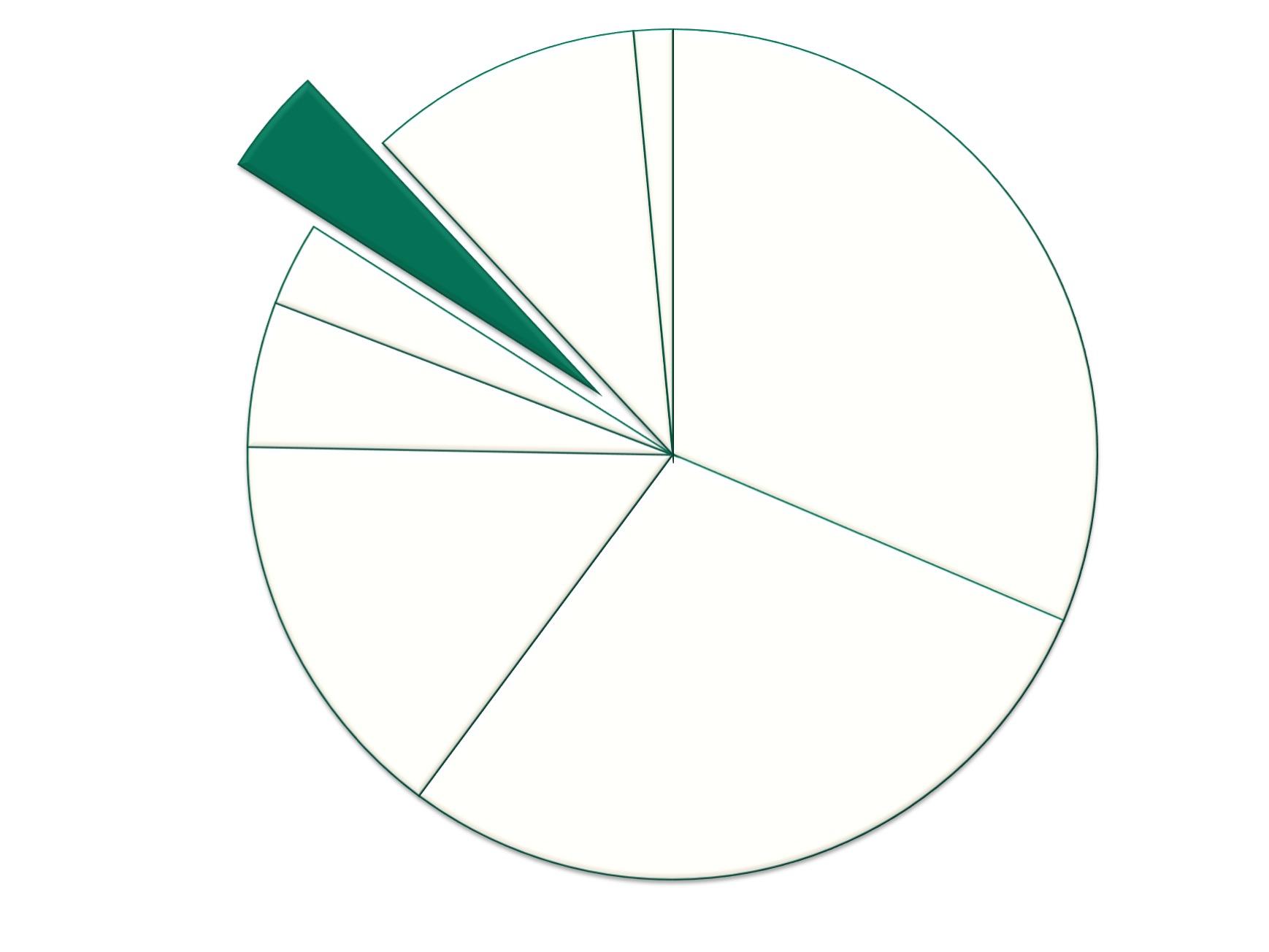Method
The Needs and Interest Survey was developed by the Ohio University employee wellbeing team (WellWorks/Healthy OHIO) with support from PACE student employee, Lizzie Shuga. Questions utilized were developed in response to national, regional and local trends and issues facing both employee wellbeing and higher education in the face of a global pandemic. Additionally, questions were inspired by Organizational Wellness & Learning Systems (OWLS), which is a science-based consulting and training service in the area of Integral Organizational Wellness.
The survey opened on March 1, 2023 and closed on March 31, 2023. Participation in the survey was incentivized by offering entry into a drawing for one of 15 possible grocery store gift cards. Employees associated with the wellness program were ineligible for the gift card drawing. Participants were able to opt-in to the drawing at the conclusion of the survey, which remained dissociated with their survey responses. Winners were selected by two student employees of WellWorks who used a random number generator to select 15 winners. Winners were contacted in April 2023, at which time they were invited tot accept/decline the gift.
Participation
To market the survey’s availability, invitations were emailed to 3,026 eligible employees. 1,407 (46.5%) employees opened the email and 362 (11.9%) clicked the link to the survey. It should be noted that any employee who had previously removed themselves from our mailing list would not have received the email. The University does not have access to email addresses oof spouses/partners, so we did not reach out to them directly but invited employees to forward the email invitation to their spouses/partners. Additional marketing of the survey included inclusion on the OHIO Employee Newsletter and Employee News webpage, various social media posts, and news articles on the University’s WellWorks website and Wellness website.
In all, 457 individuals took the survey, though 5 were ineligible and not all 452 eligible individuals completed all questions. Therefore, results from various questions in this report have varying participant numbers.















